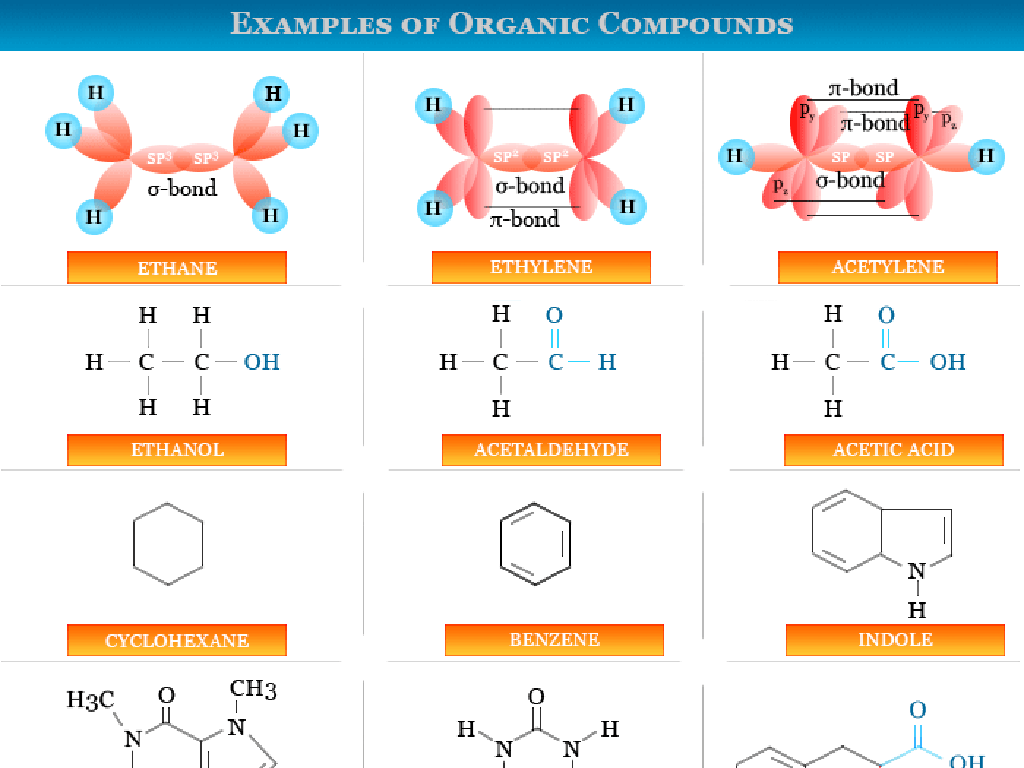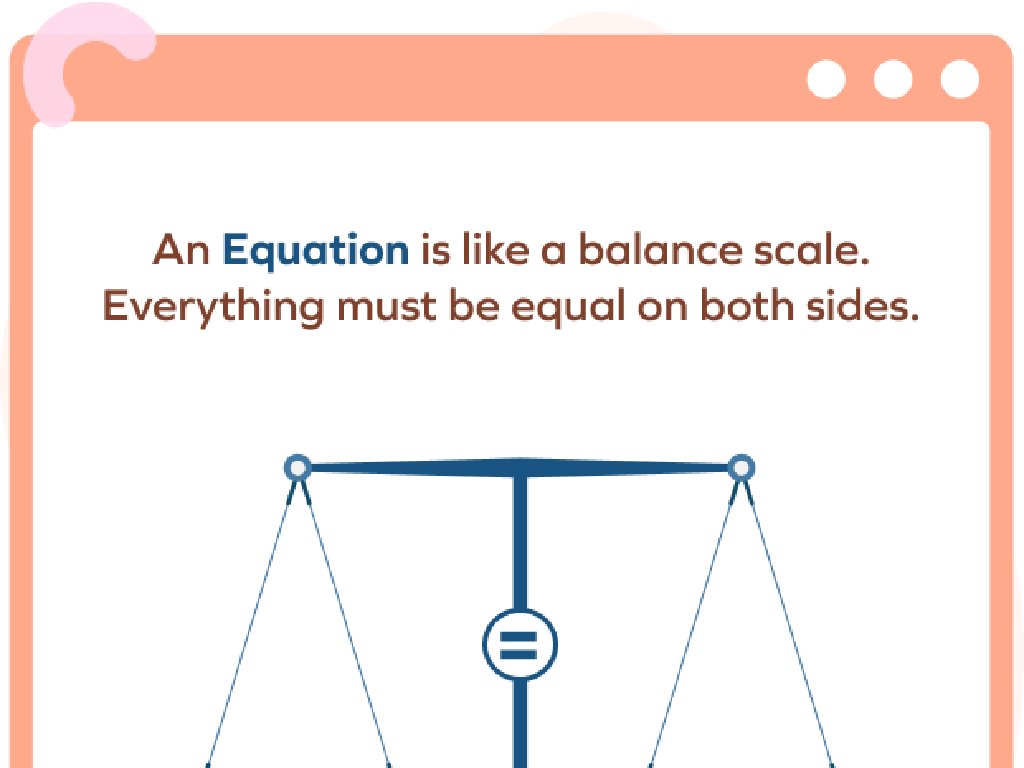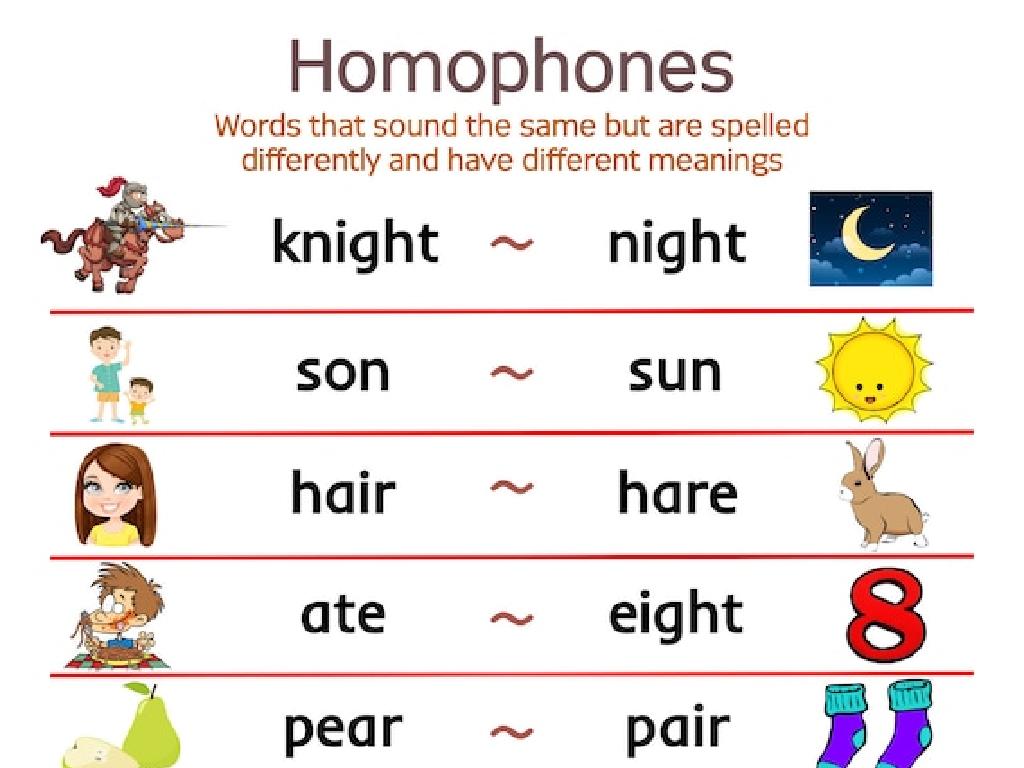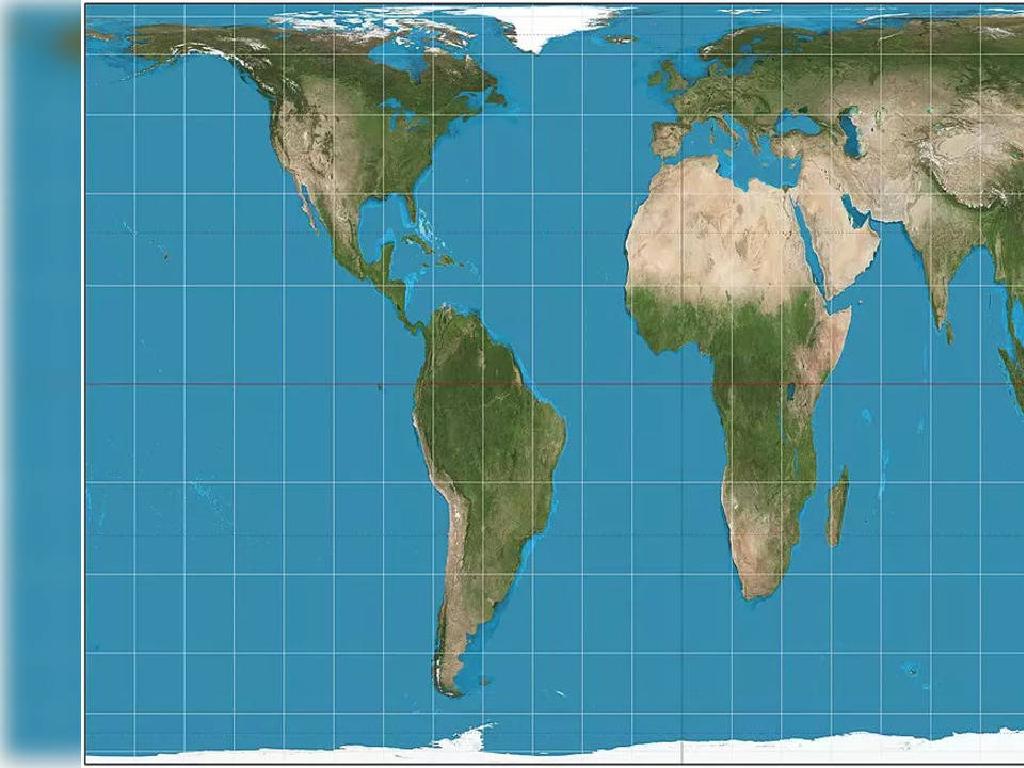Reading And Creating Timelines With Bce And Ce
Subject: Social studies
Grade: Sixth grade
Topic: Social Studies Skills
Please LOG IN to download the presentation. Access is available to registered users only.
View More Content
Introduction to Timelines in History
– Grasping the concept of historical time
– History is marked by time, which we measure in years.
– Defining what timelines are
– Timelines are visual representations of historical events in chronological order.
– Significance of BCE and CE
– BCE and CE are terms used to label years in the Gregorian calendar.
– Reading and creating timelines
– Understanding how to read and construct timelines is crucial for studying history.
|
This slide introduces the concept of timelines, which are essential tools for understanding history. Begin by explaining how time is recorded and the meaning of years. Then, define timelines as a method to visually organize historical events in the order they occurred. Discuss the importance of BCE (Before Common Era) and CE (Common Era) as a non-religious alternative to BC (Before Christ) and AD (Anno Domini). Emphasize the significance of these terms in accurately placing historical events. Conclude by highlighting the skills of reading and creating timelines, which will help students better comprehend and organize historical information. Encourage students to think of timelines like a story of events that have a specific order.
Understanding BCE and CE in Timelines
– BCE and CE: Time notation
– BCE means Before Common Era, CE means Common Era
– Counting time with BCE/CE
– Time in BCE counts backwards, CE counts forwards
– Historical examples of BCE/CE
– BCE: Fall of Rome in 476, CE: Moon landing in 1969
– Significance in timelines
|
This slide introduces students to the concepts of BCE (Before Common Era) and CE (Common Era), which are terms used to label years in our calendar system. BCE is used for years before year 1 and counts backward to the oldest times, while CE starts from year 1 and counts forward. Provide historical examples to illustrate the use of BCE and CE, such as the fall of the Roman Empire (476 BCE) and the moon landing (1969 CE). Emphasize the importance of understanding these concepts for creating and reading timelines in history. Encourage students to think of significant events and place them correctly in a timeline using BCE and CE.
Mastering Timelines: BCE and CE
– Understand timeline components
– Timelines have scales, dates, and events.
– Learn to read timeline dates/events
– Dates run left to right; earlier to later.
– Practice with BCE and CE dates
– BCE (Before Common Era), CE (Common Era).
– Activity: Identify BCE/CE on timelines
|
This slide introduces students to the concept of timelines, an essential tool in social studies for understanding historical events in chronological order. Begin by explaining the key components of a timeline, including the scale, dates, and events. Demonstrate how to read dates and events, emphasizing the direction from left (past) to right (present/future). Clarify the meaning of BCE and CE, and provide examples of each. For the class activity, prepare timelines with mixed BCE and CE dates and ask students to identify and explain events from different eras. This will help them grasp the continuous flow of time and the global standard of dating historical events.
Crafting Timelines: BCE and CE
– Steps to create a timeline
– Selecting significant events
– Choose events that are important for your topic
– Organizing events chronologically
– BCE (Before Common Era) events go to the left, CE (Common Era) to the right
– Using BCE and CE correctly
– BCE counts down to year 1, CE counts up from year 1
|
This slide is aimed at guiding students through the process of creating their own timelines, a valuable skill in understanding historical context. Start by explaining the steps to create a timeline, emphasizing the importance of selecting key events that are relevant to the study topic. Next, instruct on how to place these events in the correct chronological order, using BCE (Before Common Era) for events before year 1 and CE (Common Era) for events after. Ensure students understand that BCE is counted backwards while CE is counted forwards. Provide examples of timelines and encourage students to practice with events from different eras. This activity will help them visualize the sequence of historical events and the span of time between them.
Famous Historical Events: BCE and CE
– Explore BCE historical events
– BCE: Before Common Era, e.g., founding of Rome 753 BCE
– Discover CE historical events
– CE: Common Era, e.g., moon landing 1969 CE
– Learn the BCE to CE transition
– BCE to CE: Year 1 CE follows 1 BCE, no year zero
– Significance of timelines in history
|
This slide aims to give students a clear understanding of the timeline division between BCE (Before Common Era) and CE (Common, or Current, Era). Start by discussing key historical events that occurred in BCE, such as the construction of the Great Pyramids or the life of Confucius. Then, move on to significant events in the CE, like the Renaissance or the technological advancements of the 20th century. Explain the transition from BCE to CE, emphasizing that the year 1 CE immediately follows 1 BCE, with no year zero in between. Highlight the importance of timelines in understanding the chronological order of historical events and how they shape our world today. Encourage students to think about how these events connect and lead to one another, forming the rich tapestry of human history.
Class Activity: Build Your Own Timeline
– Create a personal life timeline
– Include 5 major life events
– Add approximate dates for each event
– Prepare to present your timeline
|
This activity is designed to help students understand the concept of timelines and how they represent events in chronological order. Students will create a timeline of their own life, selecting at least five significant events, such as birthdays, moving to a new place, or starting school. They should estimate the dates as accurately as possible and place these events in the correct sequence. Encourage creativity in the timeline’s design and presentation. Possible activities for different students could include creating a digital timeline using software, drawing a timeline on poster paper, or even constructing a 3D model. The goal is for students to grasp the BCE (Before Common Era) and CE (Common Era) dating system through personal application, making the abstract concept more concrete and relatable.
Review: BCE and CE Timelines
– Recap of BCE/CE concepts
– BCE means Before Common Era, CE means Common Era
– Steps to read timelines
– Identify start/end dates, intervals, and events
– Creating your own timeline
– Choose a time period, list events chronologically
– Q&A session
|
This slide is meant to consolidate the students’ understanding of timelines in the context of BCE (Before Common Era) and CE (Common Era). Begin with a brief recap of the lesson, ensuring that students understand the distinction between BCE and CE. Review the key components of a timeline, including how to read the sequence of events and the significance of the intervals between them. Guide students through the process of creating their own timelines, emphasizing the importance of chronological order and accuracy. Finally, open the floor for a question and answer session, allowing students to seek clarification on any aspect of the lesson they may find challenging. Encourage participation by asking prompting questions and providing examples to stimulate discussion.
Homework: Exploring BCE and CE Events
– Find a BCE historical event
– BCE means ‘Before Common Era’, look for events before year 1
– Find a CE historical event
– CE stands for ‘Common Era’, choose an event after year 1
– Write paragraphs on significance
– Explain why each event was important in history
– Discuss your findings in class
|
This homework assignment is designed to help students practice reading and creating timelines while understanding the concepts of BCE (Before Common Era) and CE (Common Era). Students should search for significant events that happened before and after the start of the Common Era. They need to write a short paragraph for each event, explaining why it was significant and how it impacted history. Encourage them to think critically about the causes and effects of these events. In the next class, students will discuss their chosen events, fostering a deeper understanding of historical timelines and the importance of these designations.





